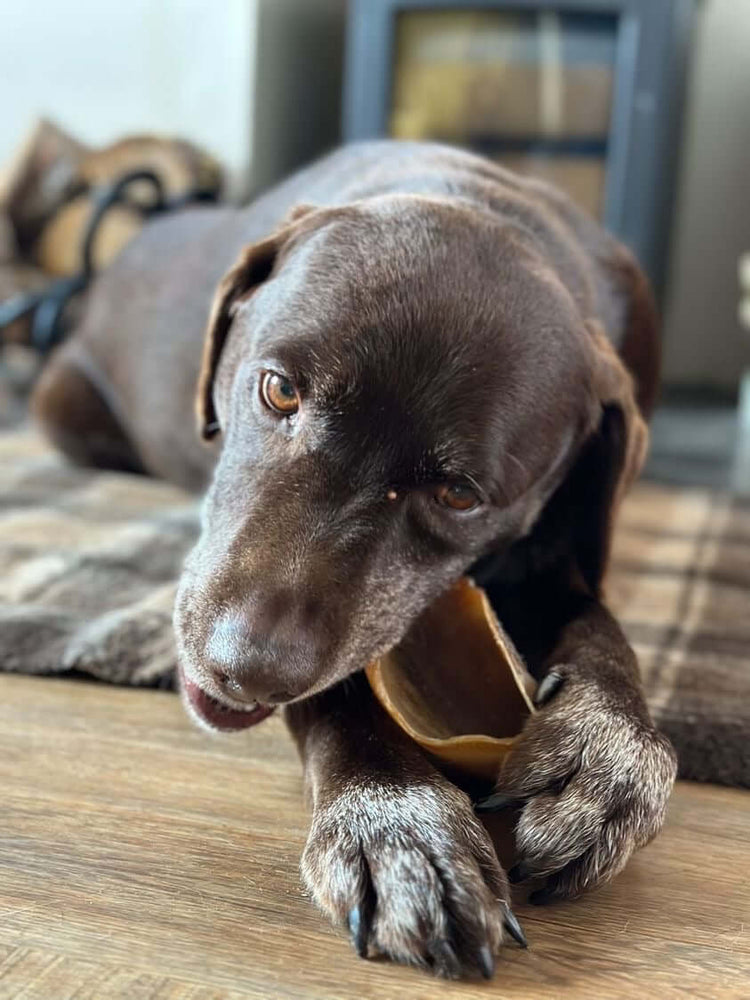10 Tips for Easy Crate Training Your Puppy
Getting ready to crate train your new puppy or dog? While crate training can seem a little daunti...
Closing down all stock must go
Closing down all stock must go

Getting ready to crate train your new puppy or dog? While crate training can seem a little daunti...

Halloween is one of the most fun (and spookiest) nights of the year for families and kids. Howeve...

Can Dogs Eat Blueberries? Unveiling the Berrylicious Truth. If you're a dog owner, chances are yo...

Have you ever found yourself wondering, "Why does my dog suddenly have tear stains?" It's a commo...

A Guide to Preventing Furniture Chewing in Dogs: Understanding the Why and How. Are you tired of ...

Managing Separation Anxiety in Your Dog: Tips for Dog Owners Dealing with separation anxiety in d...
Subscribe to All Natural Dog Products to get special offers, free giveaways, and once-in-a-lifetime deals.
